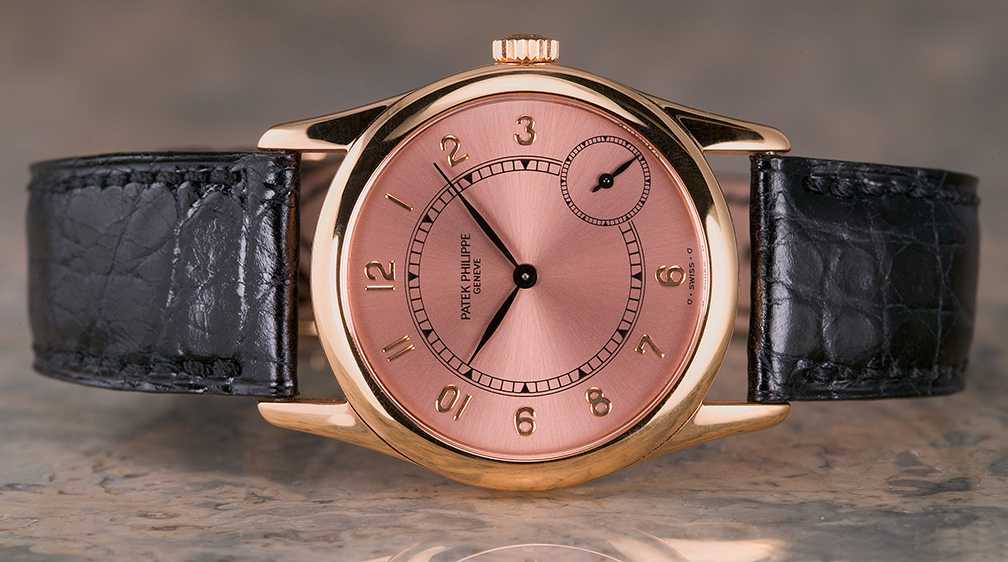
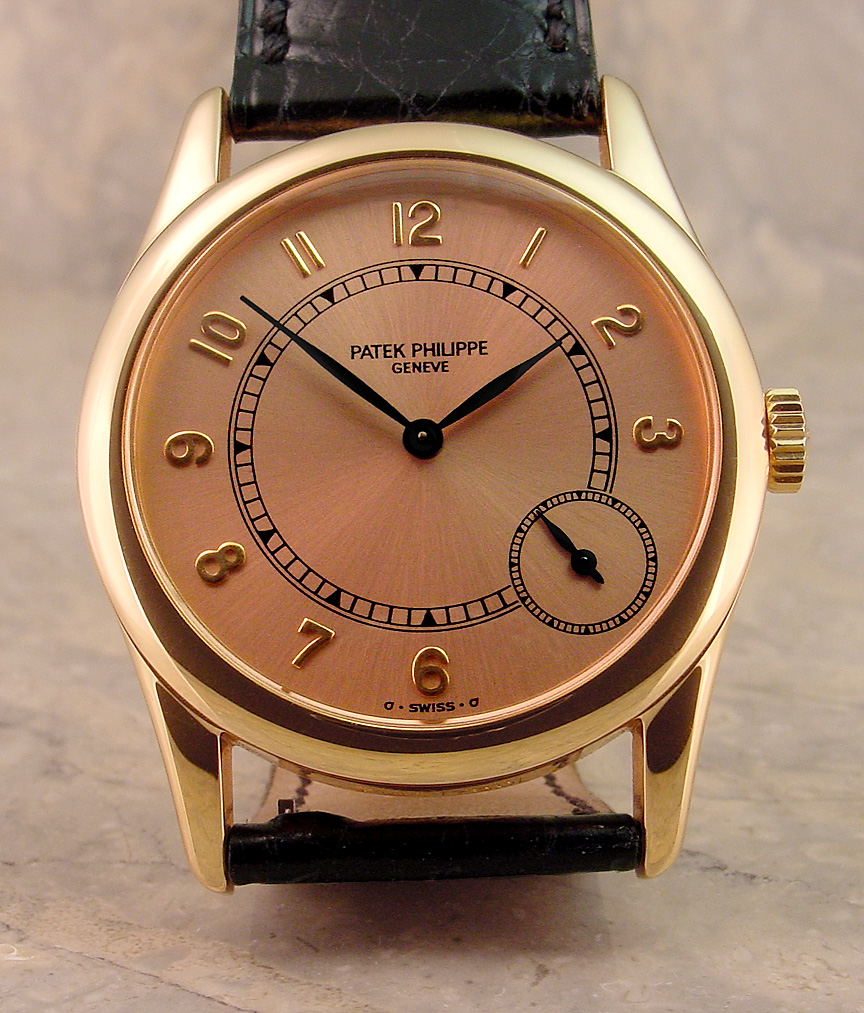
Although very thin and dressy in style (especially on its current, glossy black strap), the 5000 does not seem to me at all a fussy or fragile watch, and I unhesitatingly enjoy it as an everyday timekeeper.
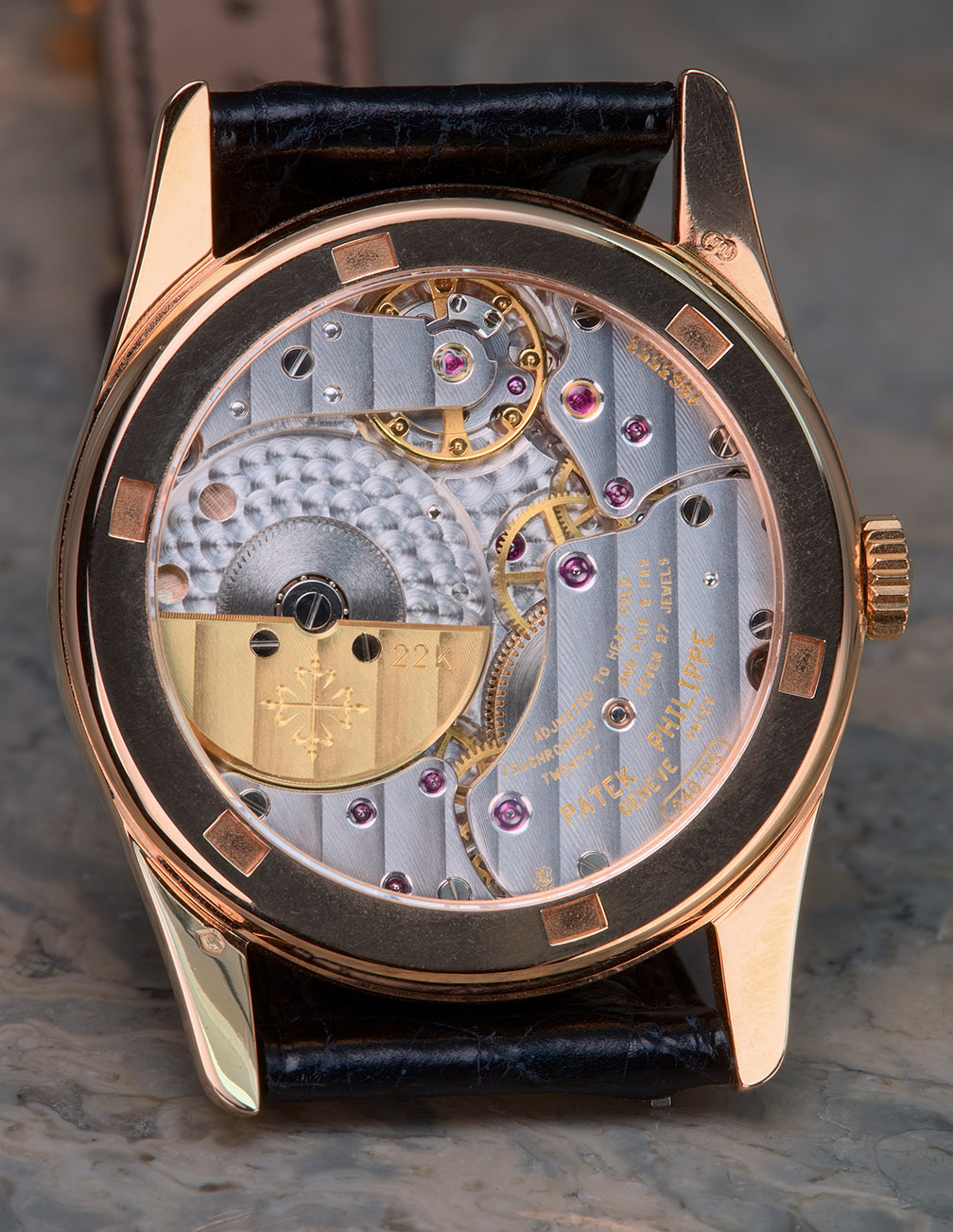
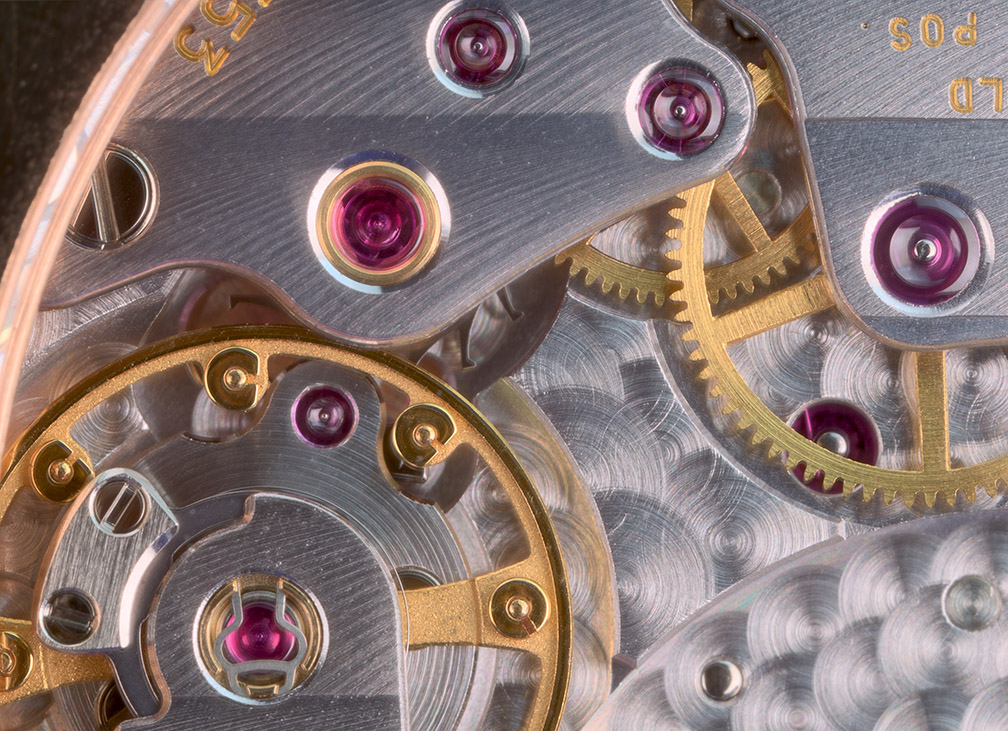
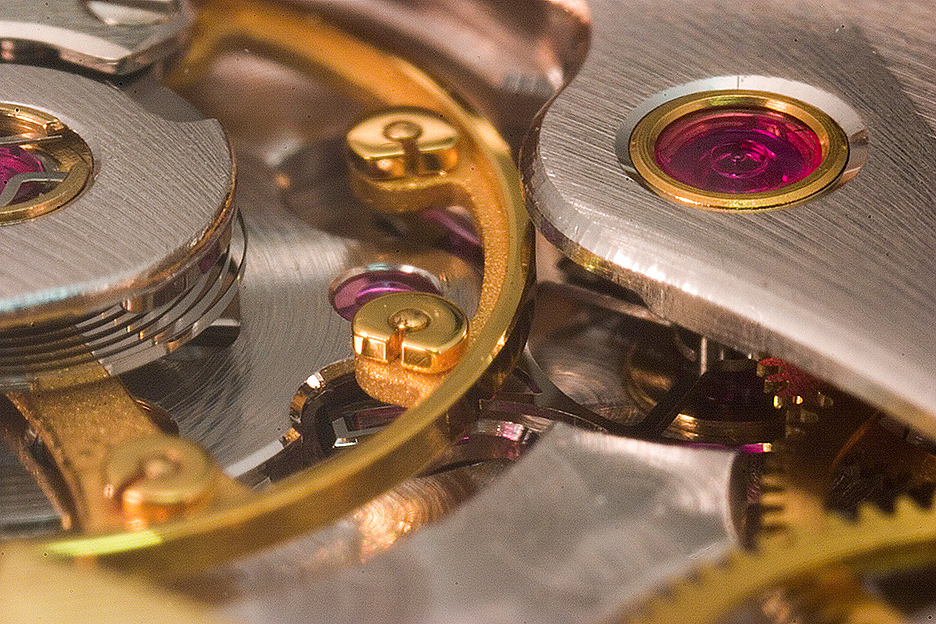
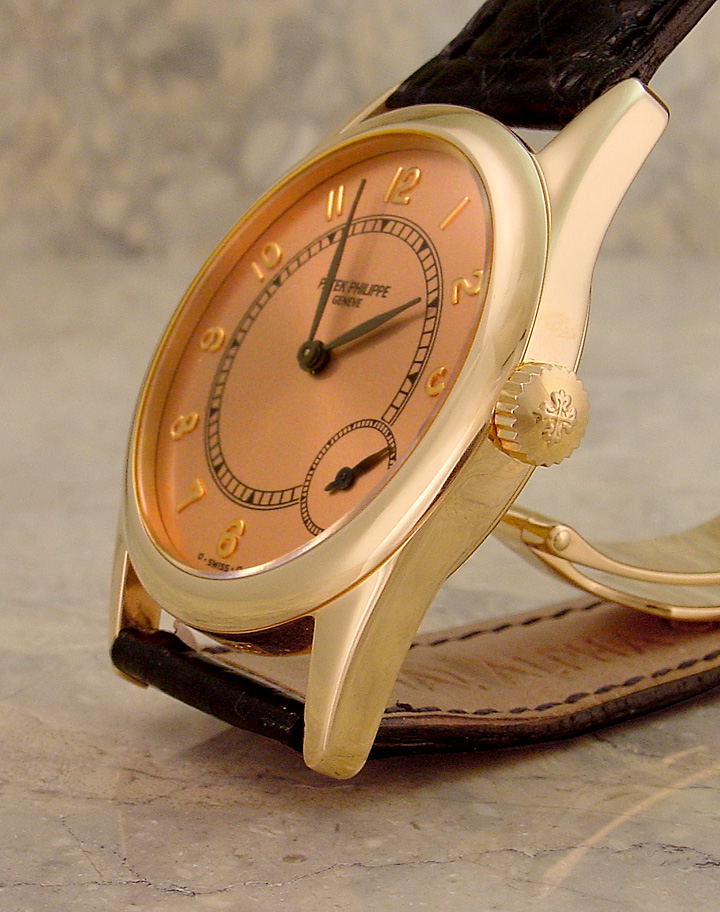
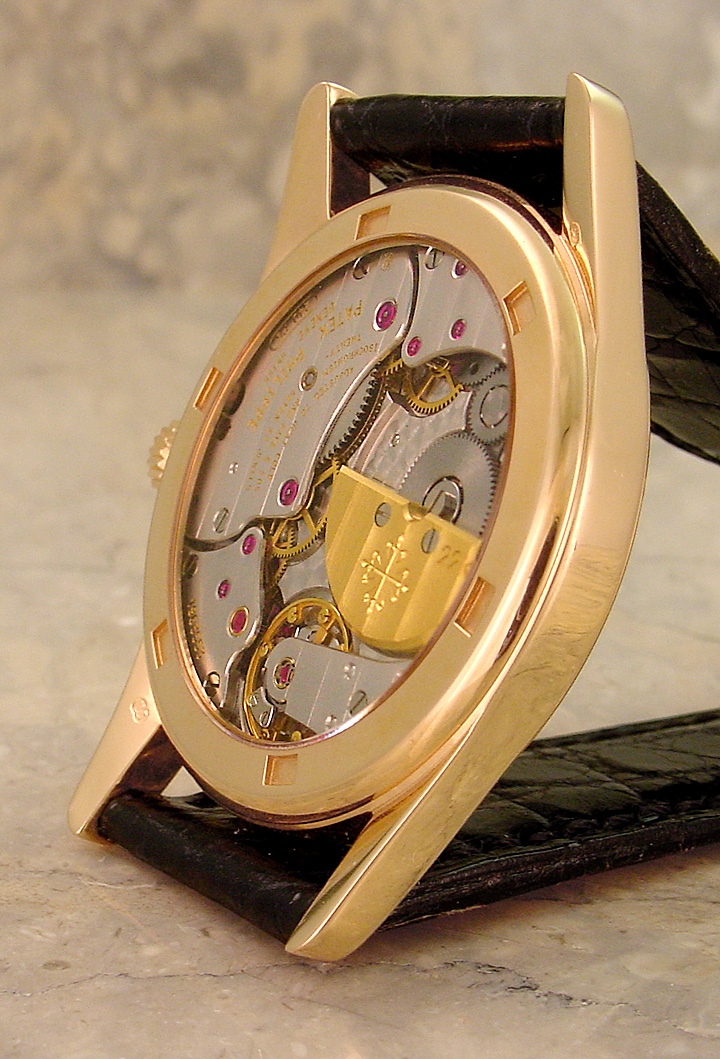
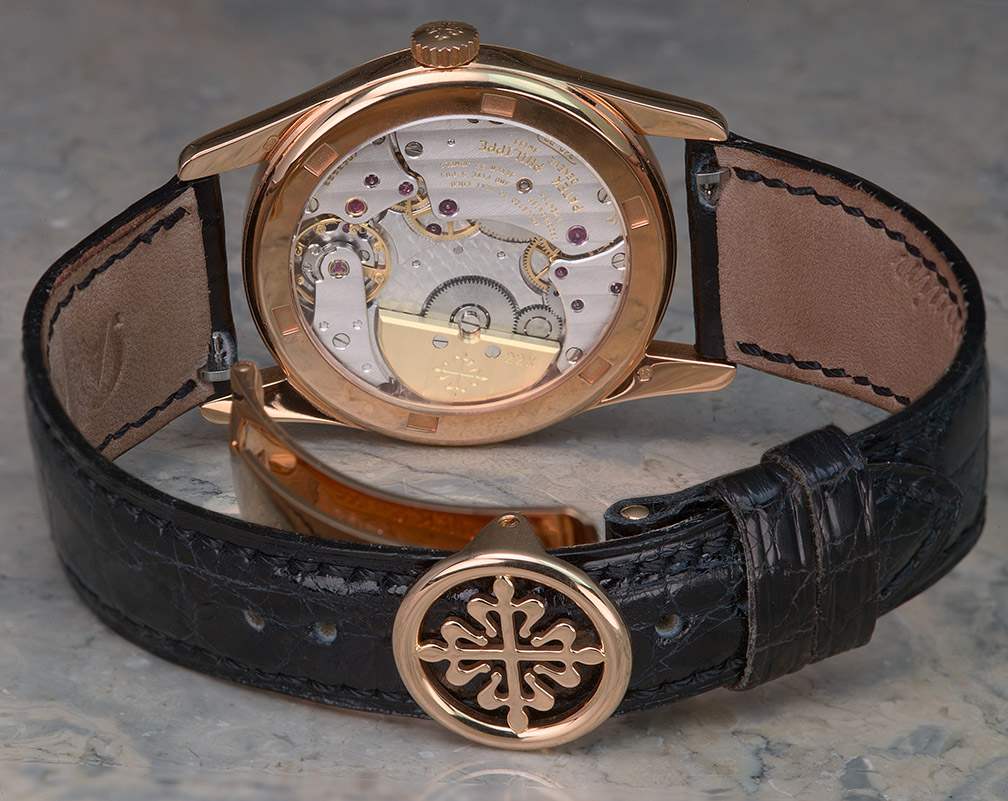
Please check out the rest of my Watch Articles and Pics
I hope you have enjoyed this!
SteveG
steve@ninanet.net
January 10, 2003
All content Copyright asserted 2003